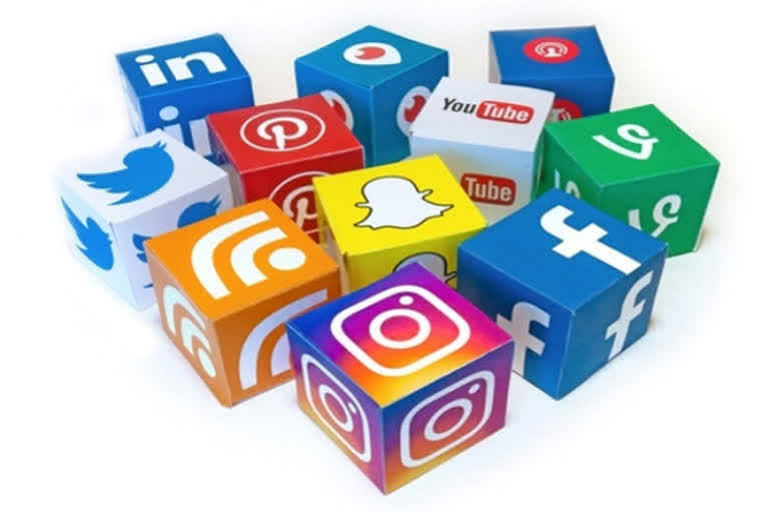Hyderabad:WHO, Wunderman Thompson, the University of Melbourne and Pollfish share the outcomes of a global study investigating how Gen Z and Millennials get information on the COVID pandemic. A year on, the unfolding of the COVID-19 pandemic shows how the spread of misinformation - amplified on social media and other digital platforms – is proving as much a threat to global public health as the virus itself.
- The unfolding of the COVID-19 pandemic has demonstrated how the spread of misinformation, amplified on social media and other digital platforms, is proving to be as much a threat to global public health as the virus itself.
- Technology advancements and social media create opportunities to keep people safe, informed and connected. However, the same tools also enable and amplify the current infodemic that continues to undermine the global response and jeopardizes measures to control the pandemic.
- Although young people are at less risk of severe disease from COVID-19, they are a key group in the context of this pandemic and share in the collective responsibility to help us stop transmission.
- They are also the most active online, interacting with an average number of 5 digital platforms (such as Twitter, TikTok, WeChat and Instagram) daily.
READ:Social media and COVID-19: opportunity or disaster?
To better understand how young adults are engaging with technology during this global communication crisis, an international study was conducted, covering approximately 23,500 respondents, aged 18-40 years, in 24 countries across five continents.
This project was a collaboration between the World Health Organization (WHO), Wunderman Thompson, the University of Melbourne and Pollfish. With data collected from late October 2020 to early January 2021, the outcome provided key insights on where Gen Z and Millennials seek COVID-19 information, who they trust as credible sources, their awareness and actions around false news, and their concerns are. Some key insights uncovered include.
Science content is seen asshare-worthy
When asked what COVID-19 information (if any) they would likely post on social media, 43.9% of respondents, both male and female, reported they would likely share “scientific” content on their social media.
This finding appears to buck the general trend on social media where funny, entertaining and emotional content spread fastest. This is followed by information “relevant to me” (36.7%) and content that is “concerning” (28.5%).
In addition, 28.3% say they most likely share content that includes an article, followed by posts that include a video (24.1%), image (23.0%), narrative (20.8%), creates an emotional reaction (18.2%) and is humorous (18.1%).
Awareness of false news is high but so is apathy
More than half (59.1%) of Gen Z and Millennials surveyed are “very aware” of “fake news” surrounding COVID-19 and can often spot it. However, the challenge is in recruiting them to actively counter it, rather than letting it slide, with many (35.1%) just ignoring it.
READ:Don't buy panic from social media, follow guidelines: Chhattisgarh health officer
